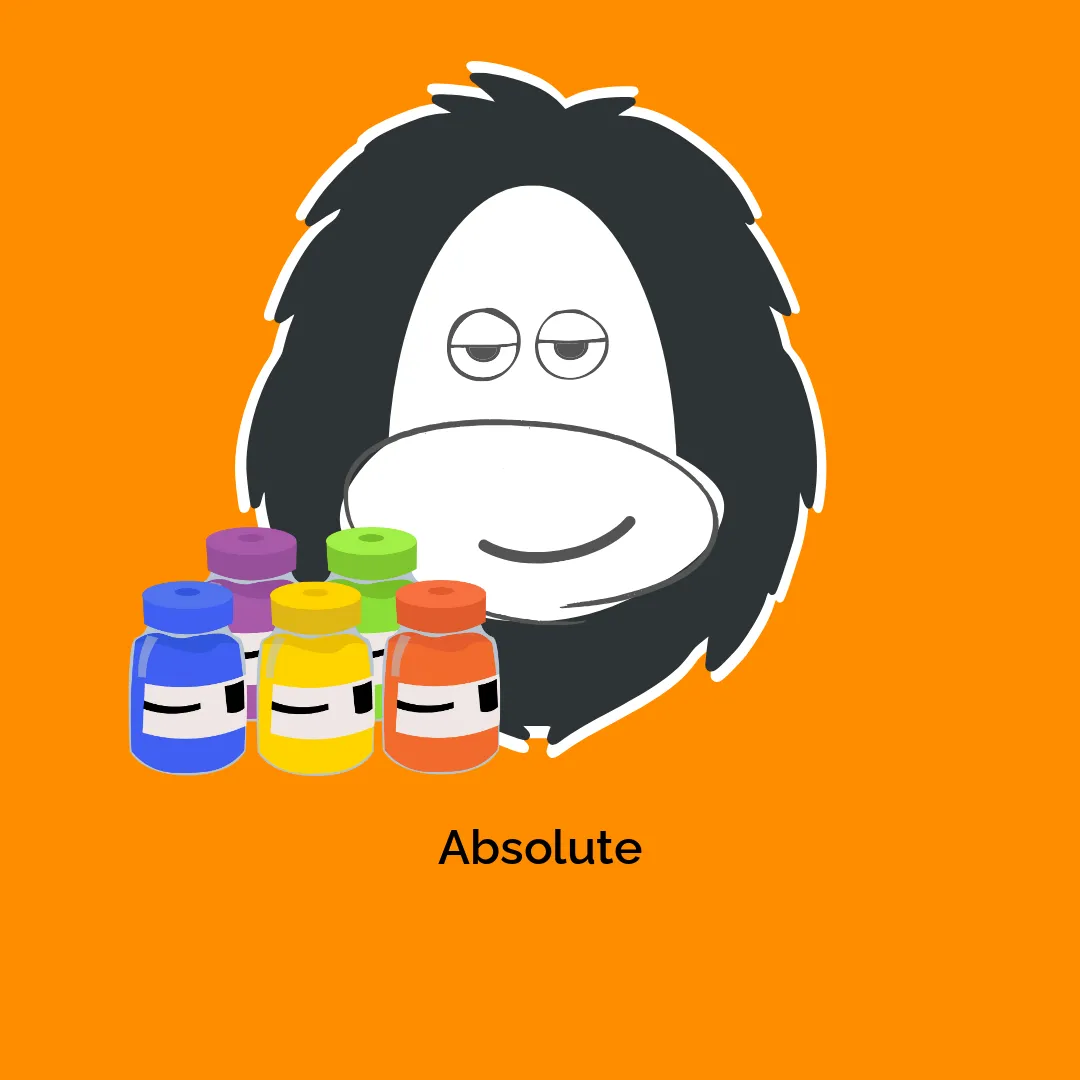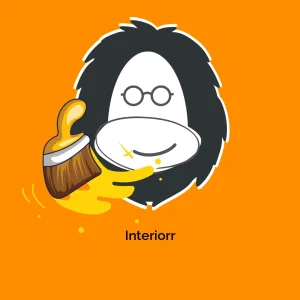Understanding Absolute Positioning in Divi: Streamlining Your Design Process
In the expansive world of web design, understanding how to position elements effectively can not only enhance the visual appeal of your website but also improve usability and user experience. One of the most powerful tools at your disposal in this regard is the absolute positioning property, particularly within the Divi theme. This article delves into the intricacies of absolute positioning, exploring its functionality, advantages, and potential drawbacks, while providing practical advice for implementation.
Development
What is Absolute Positioning?
Absolute positioning is a critical concept in CSS that allows developers to place elements in direct relation to their nearest positioned parent container. In contrast to static positioning—which merely follows the standard flow of content—absolute positioning liberates the selected element from this traditional structure. When you apply absolute positioning to an element, it floats above the other content, with no space reserved in the layout for it, allowing for creatively enhancing designs without disturbing the overall content flow.
To understand absolute positioning fully, it helps to grasp its relationship with other positioning types available in Divi:
-
Static (Default): This positioning type is the baseline for any CSS element. Elements with static position follow the normal flow of the document; they don’t respond to positioning properties like top, right, bottom, and left. In Divi, unless specified otherwise, all modules default to static positioning.
-
Relative: This type allows elements to remain in the document flow while still enabling positioning adjustments via top, bottom, left, and right properties. For example, a relatively positioned element can be nudged a few pixels in any direction without affecting the layout of other elements.
-
Fixed: Fixed elements remain in a set position, even when a user scrolls through the webpage. This is an excellent option for navigation bars that should stay visible. Fixed positioning relates to the viewport, meaning the placement is consistent no matter the page scroll.
-
Sticky: While not commonly used in Divi, sticky positioning behaves like relative positioning until a user scrolls to a designated point. From that point onward, the sticky element behaves as if it were fixed.
Practical Application of Absolute Positioning
In Divi, when you apply an absolute position to an element, it becomes necessary for that element to reside within a container that has a relative position. Otherwise, Divi looks up the DOM hierarchy for the nearest positioned ancestor with a value other than static. This dependency is especially crucial for maintaining design integrity.
For instance, if you want to place a button directly beside text via absolute positioning, you should first ensure that the parent container (like a column) is set to a relative position. When the container has absolute positioned children, it assures that they are positioned relative to the container.
Benefits of Using Absolute Positioning
-
Design Flexibility: Absolute positioning allows you to add design elements without altering the existing layout significantly. This is particularly useful when you need to layer elements for a more complex layout without disrupting the integrity of surrounding elements.
-
Precision: It acts as a precision tool when you want elements to overlap or to position them exactly where you want them. This can eliminate the trial-and-error process often associated with applying margins or floating elements.
-
Browser Compatibility: The absolute positioning property enjoys widespread support across modern browsers, reducing the likelihood that your design will break due to compatibility issues.
Drawbacks of Absolute Positioning
While absolute positioning is a robust tool in the design toolbox, it is accompanied by certain risks:
-
Isolation of Elements: When elements are absolutely positioned, they can seem isolated from the other content on the page. Consequently, adding or repositioning neighboring elements can become cumbersome and may require additional positioning adjustments for each.
-
Responsiveness Challenges: Achieving a responsive layout can be more difficult when using absolute positioning, as it does not conform to the standard document flow. Developers often find that absolute positioning can lead to unpredictable results on different screen sizes. Therefore, using relative length units like percentages or viewport widths is recommended to facilitate design responsiveness.
Utilizing Location Points in Divi
To simplify the use of absolute positioning, Divi’s Builder offers built-in tools for positioning elements precisely where you want them. By selecting a location point, you can assign vertical and horizontal offsets to perfect the positioning. The location points anchor your positioning efforts, establishing fixed points from which to devise the final placements.
For example:
-
If you set your position to the top left corner, adjustments in the vertical offset will influence positioning from the top, while horizontal offsets adjust it from the left.
-
Conversely, choosing the bottom right location allows you to set offsets that revolve around distance from the bottom and right sides.
Centering Elements with Absolute Position
Centering an element using absolute position can be streamlined with Divi. When using templates that allow for centered positioning, Divi utilizes CSS properties such as transforming elements to achieve precise placements. For example, when you choose left-centered positioning, the CSS code might read:
css
position: absolute!important;
top: 50%;
left: 0%;
transform: translateY(-50%);
This code places the top of the element in the middle of its parent container while also adjusting the positioning upward by half its height for a perfect centering effect.
Enhancing Centered Module Positions with Transform
If you need to position multiple modules that are centered, the transform property proves invaluable. You can offset centered elements by adjusting the transform: translate settings without the need for explicit measurements, as percentages will relate to the size of the modules themselves.
For example:
- Applying a
transform translateYvalue of-50%will move the element halfway up its own height. Similarly, atransform translateXof-50%centers the element horizontally. Thus, positions can be adjusted dynamically without rigid measurements, which can simplify maintenance during design iterations.
Designing Consistent Layouts
An effective practical application of absolute positioning in Divi is keeping interactive elements like buttons consistently placed regardless of the content height. For example, if you were to design three columns featuring a blurb with a button beneath, absolutely positioning the buttons allows for uniform alignment across varying content heights.
To implement this:
- Add a single-column layout to the section.
- Incorporate blurb modules with a button placed underneath.
- Duplicate the column across three instances, and equalize the column heights.
- Adjust the button settings to
absoluteposition at thebottom leftto ensure uniformity despite varied content heights.
Through these simple steps, you achieve equal button placements that maintain design aesthetics throughout the module variations.
Final impressions of absolute positioning within Divi reveal its robust ability to enhance website design through strategic placement of elements. Understanding nuanced details such as utilizing relative parent positioning, mastering location points, and applying responsive strategies can transform ordinary layouts into striking and engaging visual narratives. Absolute positioning in Divi encourages creativity and precision, allowing you to craft unique designs that resonate with users and elevate their experience on your website. By leveraging CSS properties effectively, developers can harness the full potential of absolute positioning for cohesive and responsive designs.
Absolute: Download for Free on OrangoGPL
That’s right, downloading Absolute for Free is viable and perfectly law-abiding.
Actually, even downloading a cracked Absolute is law-abiding, as the license it is distributed under is the General Public License, and this license permits the holder its distribution for free.
Therefore, be at ease: If you were looking to buy Absolute cheaply or, directly, to download Absolute Themes nulled and, this way, have it 100% free, now, it’s possible legally.
Download Absolute GPL: A great solution for entrepreneurs just starting
We don’t care what you call it: Absolute Themes offers, download Absolute Themes GPL, download Absolute without license or download Absolute Themes cracked.
It is completely legitimate and something indispensable for any entrepreneur beginning their journey.









Reviews
There are no reviews yet.